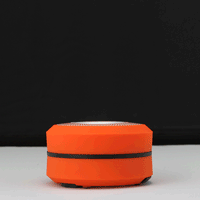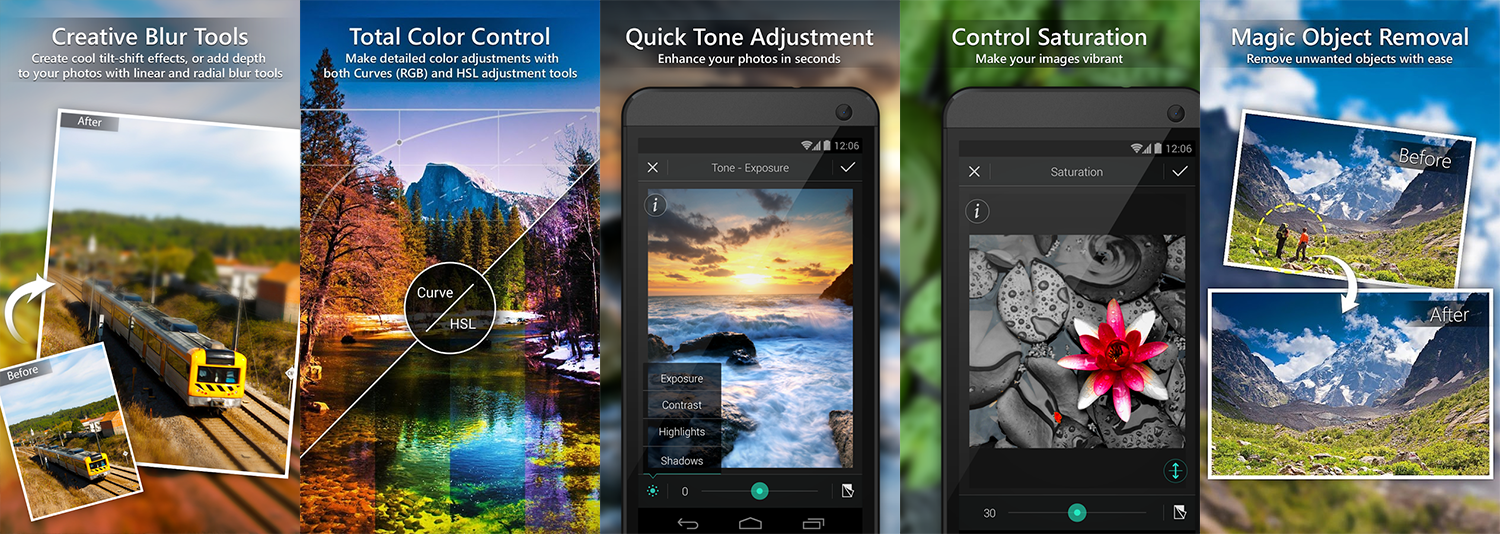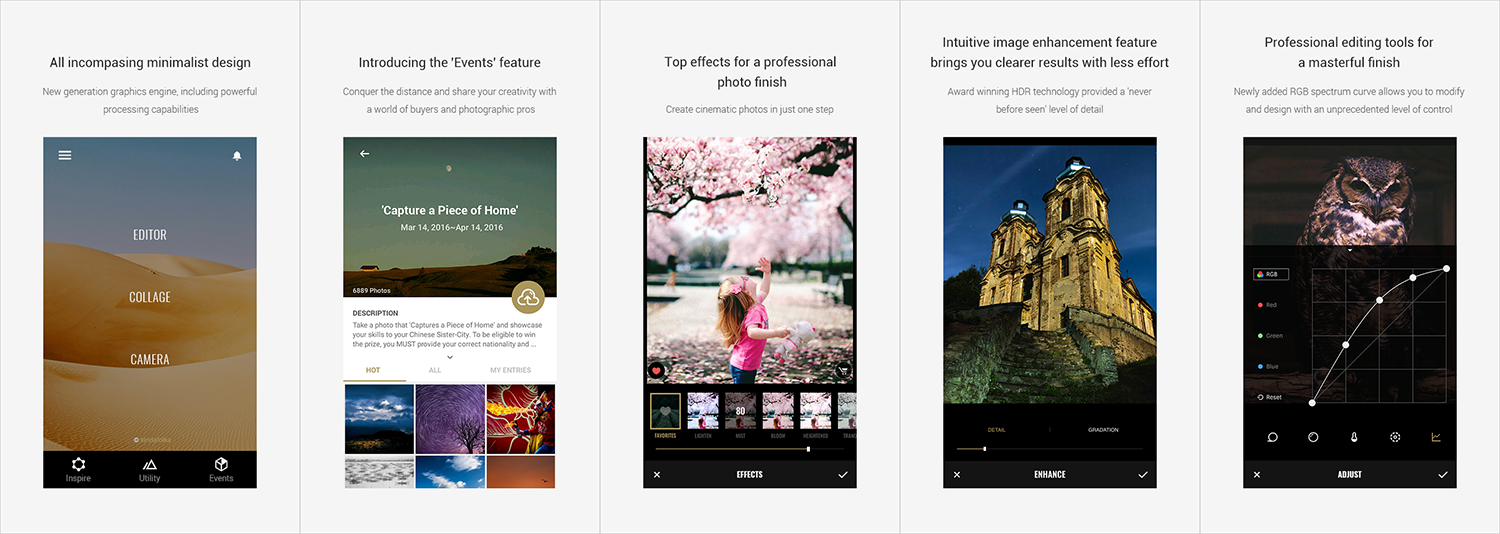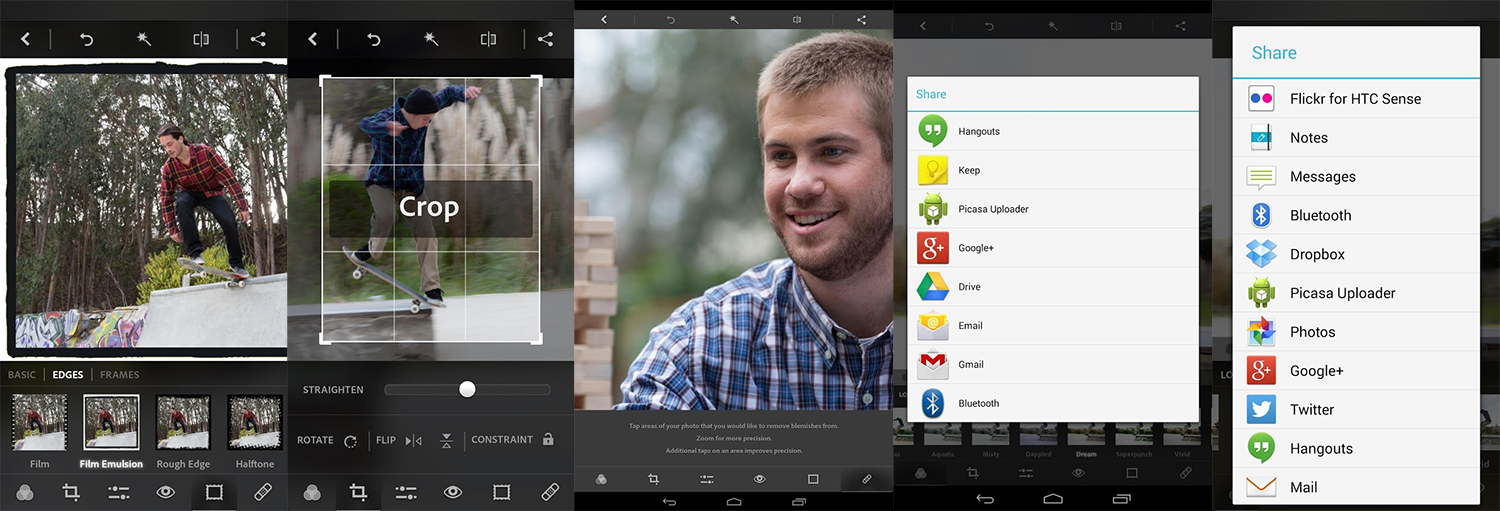RETURN OF SUPERSONIC PASSENGER SERVICE WITH WHAT IS BEING CALLED A “HEARTBEAT” PLANNED BY NASA.
The space agency has unveiled plans for the new aircraft to fly from 2020, with the design having one major difference to the much-loved Concorde that was retired in 2003.
A supersonic heartbeat
It might have been an engineering marvel and icon, but Concorde was also well known for loud sonic booms as it passed through the sound barrier.
And for some people, that was always a source of irritation – indeed the American authorities initially banned Concorde flights landing in the US back in the 1970s because of citizen protests over sonic booms.
And the new design will have what Nasa describes as a supersonic heartbeat, a “soft thump” rather than a disruptive boom.
X-plane legacy
“NASA is working hard to make flight greener, safer and quieter – all the while developing aircraft that travel faster, and building an aviation system that operates more efficiently,” said NASA Administrator Charles Bolden.
“To that end, it’s worth noting that it’s been almost 70 years since Chuck Yeager broke the sound barrier in the Bell X-1 as part of our predecessor agency’s high speed research.”
The Nasa chief said the new aircraft design was continuing that legacy.
Jaiwon Shin, associate administrator for Nasa’s aeronautics research mission, said: “Developing, building and flight testing a quiet supersonic X-plane is the next logical step in our path to enabling the industry’s decision to open supersonic travel for the flying public.”
Take-off
A team led by aviation company Lockheed Martin has been selected by Nasa to complete a preliminary design, receiving about $20m (£14.28m) over 17 months.
The new X-planes will typically be about half-scale of a production aircraft and are likely to be piloted. Detailed design work and building of the aircraft will fall under a future contract competition, and depending on funding, aircraft will start flights around 2020.
MORE TOP STORIES – CLICK BELOW

18 amazing space photos by British astronaut Tim Peake
This computer breakthrough could change everything


















